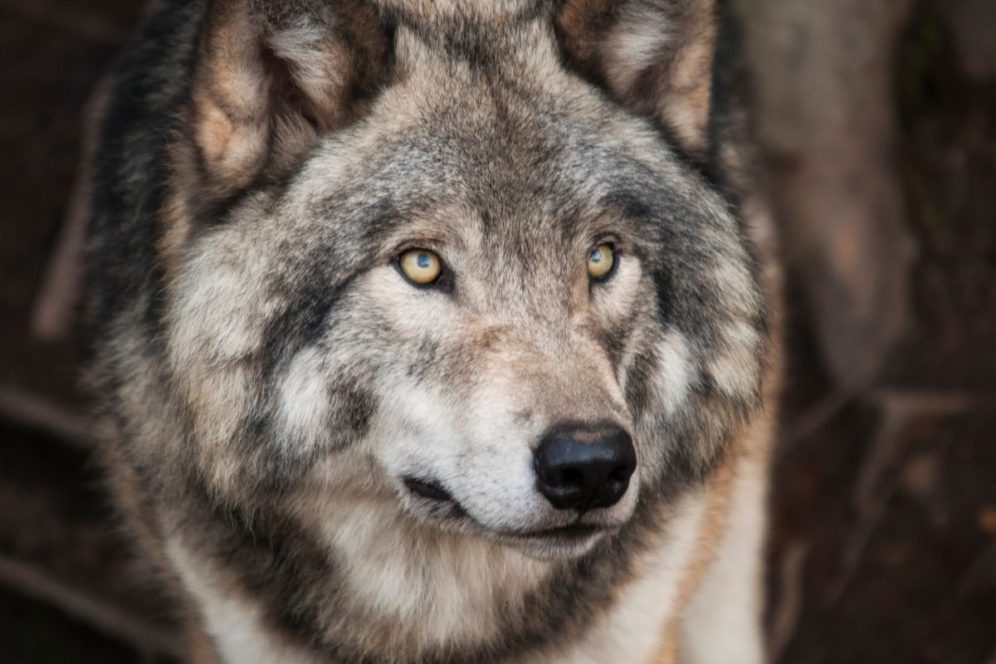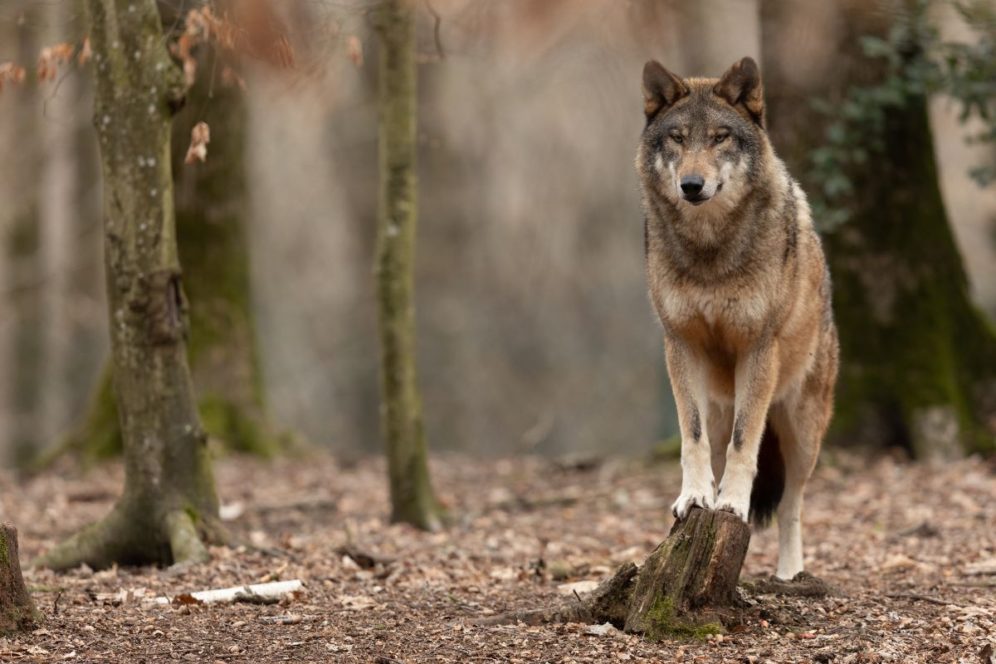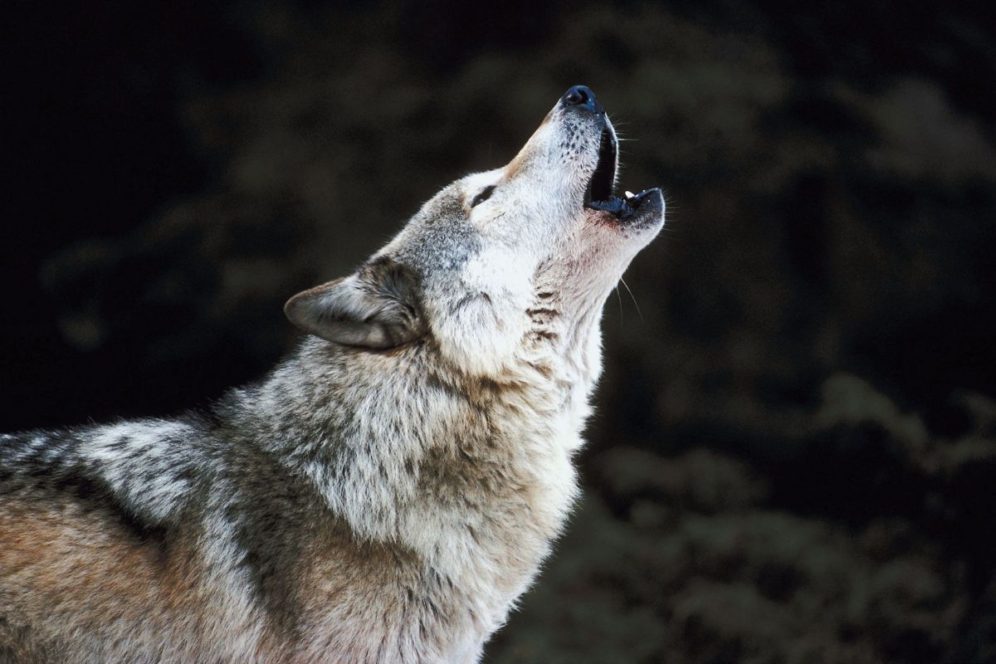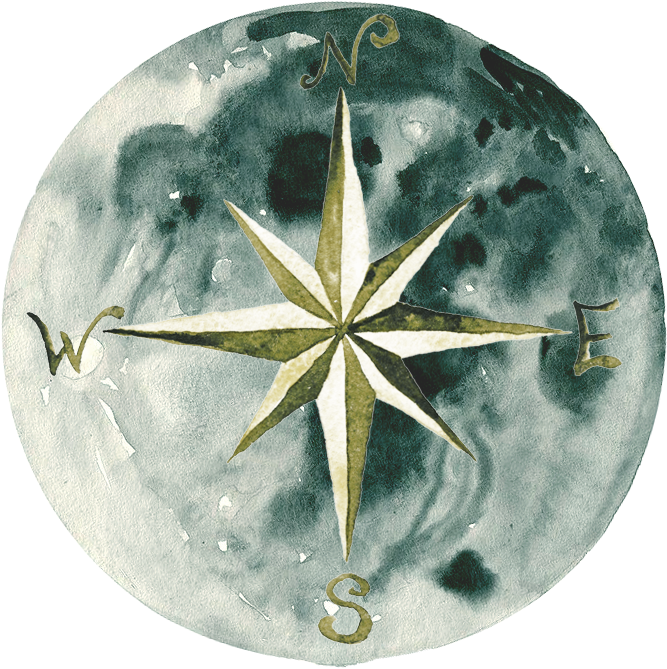Minnesota is the only state – aside from Alaska – to maintain a continuous wolf population since the creation of the United States. Most Minnesotans are aware of this fact and are proud of it. But there should also be an understanding that the population faces an uncertain future. Sure, the state government has done a good job of legislating for protections or, at least, raising awareness, which we will highlight later. But we must also remain careful about complacency. Across the United States, the gray wolf population has seen sharp declines, as much as 27-33%% in the year 2020 to 2021 alone.

The situation is complicated, of course. Conservation laws have changed back and forth over the last several years, not least due to the disparities in ideology between the Biden and Trump administrations. Hunting (both legal and illegal), cryptic poaching (a type of illegal killing), and environmental factors like deforestation all contribute to the decline of the population. Poisoning is still the number one method of killing wolves. A February 2022 bill passed to protect wolves in Minnesota is welcome, but more might need to be done.
Unpopular Choices May be Right
Still, nobody is advocating that the populations of gray wolves should be left uncontrolled. Just as populations can decline due to removing protections, they can swell to problematic numbers when protections are added or enforced. The winter of 2022 saw the three Scandinavian peninsula countries – Sweden, Finland and Norway – join forces to propose a cull of its wolf population. Norway’s proposals were the starkest, aiming to kill off 60% of the population. Conservation groups challenged the proposals in court, and won.
And yet, while what happened in Scandinavia was broadly welcomed by animal rights groups, it’s worth remembering that complacency works both ways. “Management” is the key term. Letting nature take its course might always seem like the ethical answer, but it often isn’t. Uncontrolled populations can have a negative impact on the environment, disrupting the balance of an ecosystem with disastrous results for the fauna and flora of that region.

Of course, as humans, our own hubris can have disastrous effects. With all due respect to those implementing population controls here in the US, it has been argued that those strategies are either ineffective, do not agree with the science, or the science itself has conflict. Despite our ability to examine and predict with data – something all the more powerful with AI – it remains the case that controlling wild animals remains experimental. In the UK, where the reintroduction of wolf populations has been proposed, experts have warned of a Pandora’s box of consequences, including a deadly impact on UK wildlife.
The Wolf is More than an Emblem
What does the wolf mean to the average person? For Minnesotans, it might instantly make them think of the Timberwolves, a name, lest we forget, that was picked in a public vote for the NBA teams. Others might think of games like WolfQuest or titles like Wolf Gold on platforms like Pulsz.com. Others, still, might think of the frontier-style literature of Jack London (White Fang was actually three-parts wolf, one-part dog) or the Norse myths. The point, as such, is that the wolf takes on a role as an emblematical creature, almost ethereal.

Yet, they are very real and remain the neighbors of Minnesotans. The North Star State is where the gray wolf made its last stand, long before the ideas of conservation entered the debates and politics of state houses around the US. The state has a long history of supporting the protection of the iconic animal, and that must continue. That may mean making hard choices, and it may mean making mistakes. But the endeavor to protect must always remain.

Leave a Reply